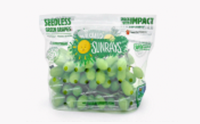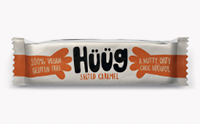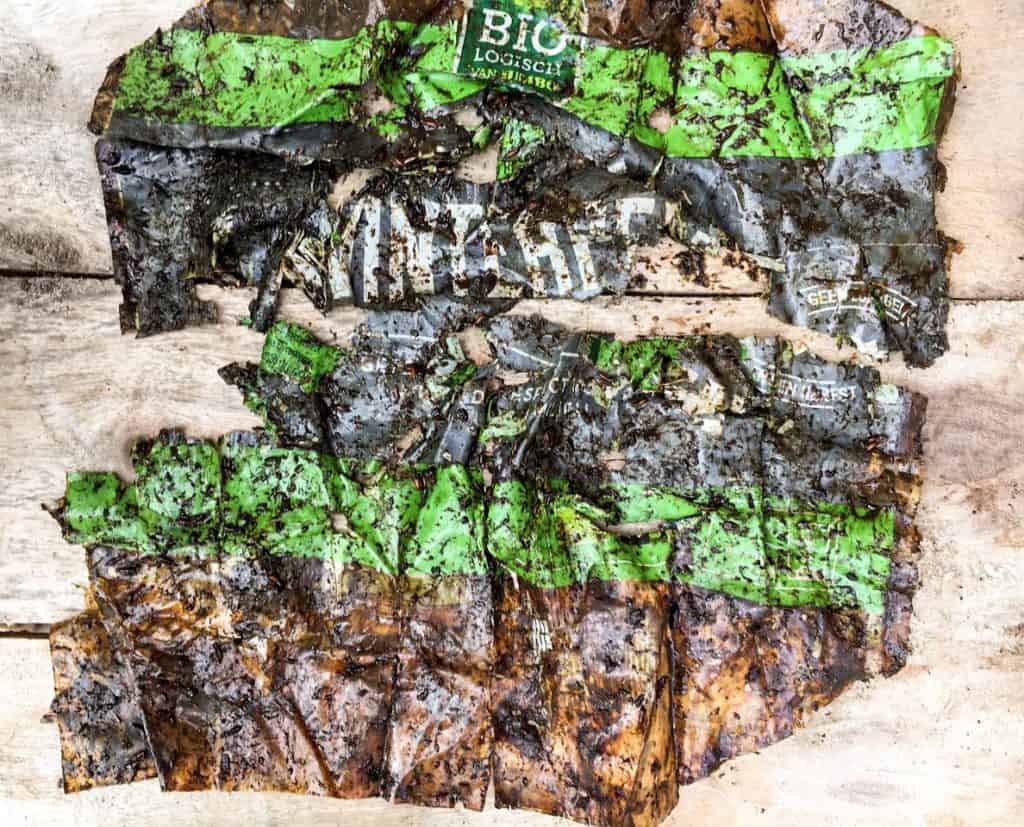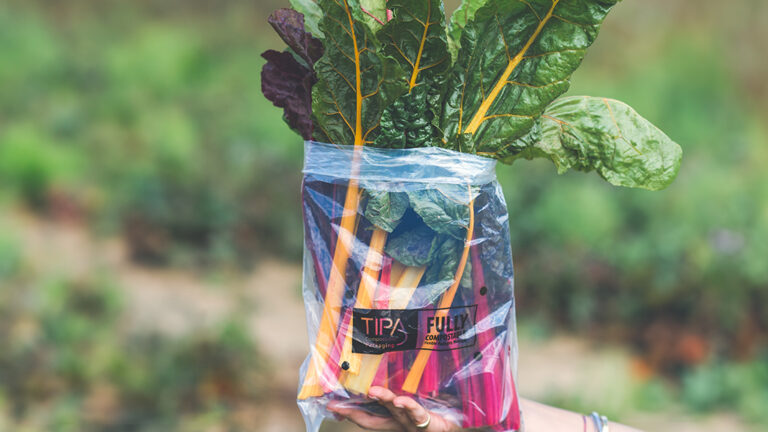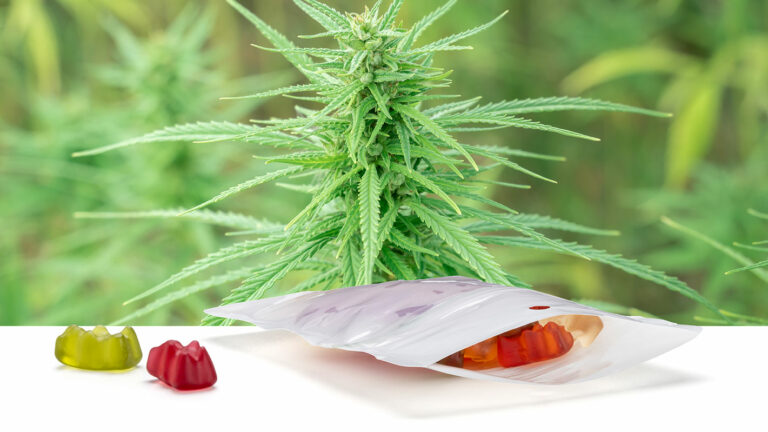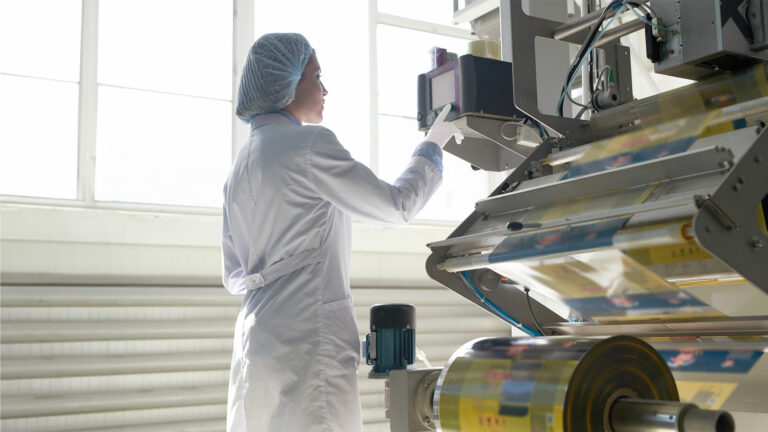This holiday, give thanks by leaving nothing leftover – What to do with Holiday Leftovers
We know what your house looks like over the holidays. Family and friends are lounging in your living room, catching up, biting into perfectly-timed hors d’oeuvres, avoiding politics, and inhaling heavenly smells wafting in from your kitchen. Nothing is burnt, everything is well-spiced, perfectly salted, and still warm out of the oven. You’re totally on time with cooking, and the table is set, waiting for your soon-to-be-full-of-turkey guests’ compliments to the chef. Or maybe not.
Maybe you’re the kind of family that goes out to celebrate, and you’re gathered around a dressed table, avoiding each other’s elbows while you mull over a special menu, where your toughest decision will be one starter, or two.
Or maybe you’re single and spend the holidays jamming junk-food into a shopping bag and watching the entire catalog of Netflix Christmas Specials until you fall asleep in your nachos. The truth is, we don’t really know. What we do know is that where there is a lot of food, there is a lot of garbage.
Globally, one-third of our food is wasted
Globally, an estimated one-third of our food is wasted. In Europe, 88 million tons of food is sent to the garbage. Close to half of America’s food production is sent, unused or half-eaten to be landfilled or incinerated. The US Department of Agriculture (USDA) estimates that more than 30 percent of groceries in the US get thrown out every year (about $162 billion worth of food). When farm losses are factored into that number, the Natural Resources Defence Council figures around a 40 percent loss.
The EPA estimates that household waste in America increases by more than 25% between Thanksgiving and New Year’s Day, and as trash bins all over the world are brimming with excess, consumers are celebrating with more garbage than gratitude.
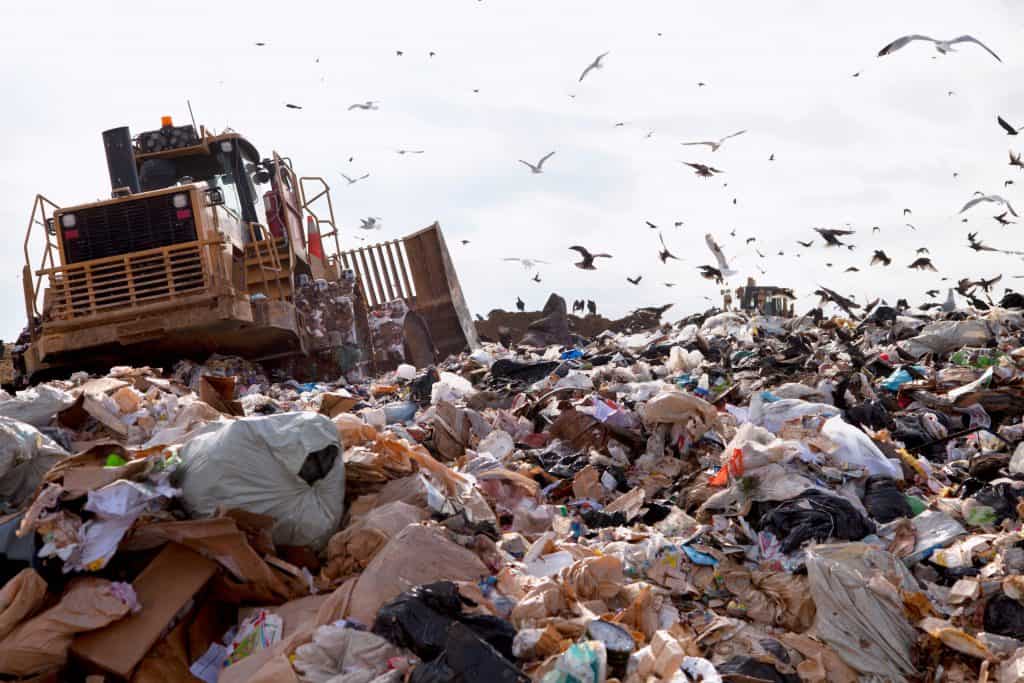
The high environmental price of food waste
All this food waste creates two major challenges: too much waste and too much wasted. Large-scale farming has a high environmental price, and farming food that goes almost straight into a landfill is a double-loss.
Divided into two general categories, the food production cycle has two main sources of waste: pre-production (producer waste) and post-production (consumer waste). Waste begins as early as food’s planting and continues to rise throughout harvest, storage, and transport. Once it makes it to your local supermarket, post-production food is discarded by supermarkets, restaurants, and finally, consumer trash.
When organic material (like food waste) decomposes in a landfill, it emits Landfill Gas (LFG), which is made up of two heat-trapping greenhouse gases: methane and carbon dioxide, bringing MSW (municipal solid waste) landfills up to rank as the third-largest source of human-related methane emissions in the US.
How your holiday leftovers can contribute
Imagine if every holiday leftover you threw in the bin slowly decomposed to fill your family-packed living room up with heat-trapping gas. Dark stains begin to spread along the creases of your guests’ underarms, your last ice cubes are melting all over the tablecloth, your grandmother just started taking off her sweater, and suddenly everyone is whispering to each other is it just me, or is it hot in here?
Finding a solution means protecting food better during its production, and avoiding food waste post-production. To avoid waste during food production, food producers use packaging (often flexible plastics) for the necessary protection of goods during their journey to your plate, but this solution has sparked new issues for the waste cycle. Compostable packaging and buying local are two ways to reduce food waste without further harming global ecosystems, and sustainable packaging is already being implemented by brands like Waitrose in the UK and Bimbo Vitale in South America!
As for consumer waste, the most obvious solution is, of course, to only buy and prepare what will be eaten, but we understand that, like the farmers producing too much food, you might not be able to see the future. Once you’ve cut your shopping list by a quarter, there’s another solution that nature has already dreamt up for us: composting.
Composting as a solution
Composting is an ecological form of waste-treatment that transforms organic waste (anything from a banana peel to say…TIPA® compostable packaging) into healthy, nutrient-rich soil. It’s been practiced for thousands of years follows a circular economy of goods, unlike its linear counterparts, landfilling or incineration. Leftovers can now be up-cycled into food for your food. Amazing.
This year, give thanks to the best way you can, by leaving nothing leftover. Well, nothing except Monday’s turkey sandwich.
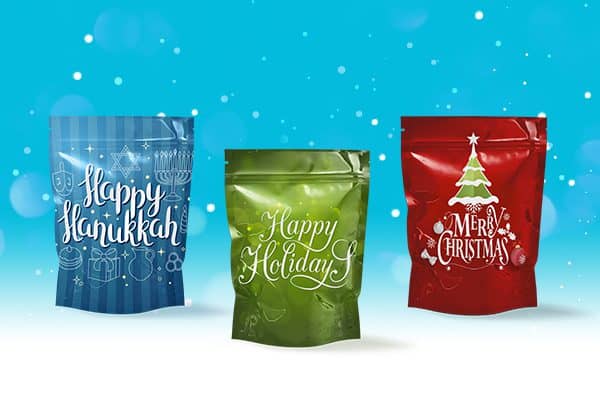
Raising awareness and finding solutions with TIPA®
TIPA®’s compostable packaging is the bio plastic technology behind an initiative to raise awareness and help re-route our waste and turn it into healthy, nutrient-rich compost. As part of a circular economy of goods, compostable packaging allows farmers and food producers to package food to prevent it from rot (like an orange peel!) and encourages end-consumers to be pro-active about composting leftovers with their packaging when they’ve bought too much. To disrupt the system of landfilling TIPA® provides sustainable packaging solutions that replace conventional plastic in the existing chain of supply systems and has become a thought-leader for composting in a circular economy.
This is an amazing opportunity to thank the Earth for what we’re given, and it’s also an amazing opportunity to return the favor. If you want your to have an environmentally friendly business, and want your business to follow the same mission as TIPA, then you can order your compostable packaging for your business here!









